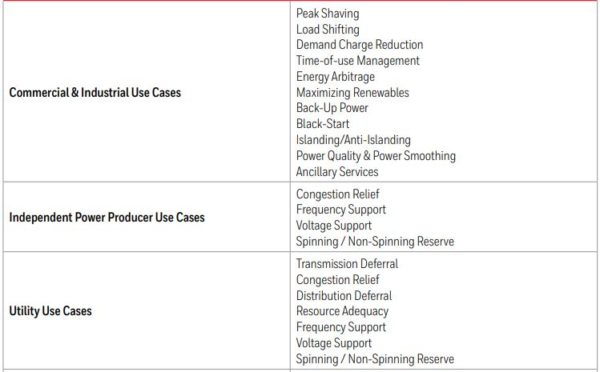Hecate Energy is developing a 50MW solar project in New Mexico, set to be fit with a Honeywell-designed battery energy storage system (BESS) sizing 20MW/80MWh. The project, located in the northern part of the state, is expected to be capable of power 16,000 New Mexican homes throughout the year.
Honeywell’s lithium iron phosphate (LFP) BESS is integrated with the Experion Energy control system, a battery management platform that integrates with asset monitoring, distributed energy resource management, supervisory control, and analytics functionality. These capabilities will help Hecate Energy forecast and optimize energy costs.
The company said the battery energy storage system has a four hour round trip efficiency of 98%. The battery management system has three levels of safety, at cell, module and rack level. Forced air HVAC and optional liquid cooling manage heat for the battery.
Honeywell’s BESS segment serves commercial and industrial operators, independent power producers, and utilities. The BESS can be scalable from 500kWh to 4GWh. The company also deploys integrated SCADA solutions for solar plant operation and maintenance, and microgrid control systems.

Performance and outcome-based guarantees back the BESS. Honeywell guarantees predictable and consistent costs and improved uptime. The system enables “revenue stacking” capabilities, participating in multiple activities, like peak shaving, backup power generation, and demand response programs.
“We chose Honeywell for this landmark project because of their depth of knowledge and decades of expertise,” said Alex Pugh, Hecate’s Project Manager.
The project comes in pursuit of the Public Service Company of New Mexico’s (PNM) decarbonization goals. Earlier this month, PNM released its integrated resource plan, which aims for zero carbon emissions by 2040. The plan added to previously announced strategies for an accelerated phase-out from coal-fired generation, which is set to take place by 2024.
This content is protected by copyright and may not be reused. If you want to cooperate with us and would like to reuse some of our content, please contact: editors@pv-magazine.com.








By submitting this form you agree to pv magazine using your data for the purposes of publishing your comment.
Your personal data will only be disclosed or otherwise transmitted to third parties for the purposes of spam filtering or if this is necessary for technical maintenance of the website. Any other transfer to third parties will not take place unless this is justified on the basis of applicable data protection regulations or if pv magazine is legally obliged to do so.
You may revoke this consent at any time with effect for the future, in which case your personal data will be deleted immediately. Otherwise, your data will be deleted if pv magazine has processed your request or the purpose of data storage is fulfilled.
Further information on data privacy can be found in our Data Protection Policy.